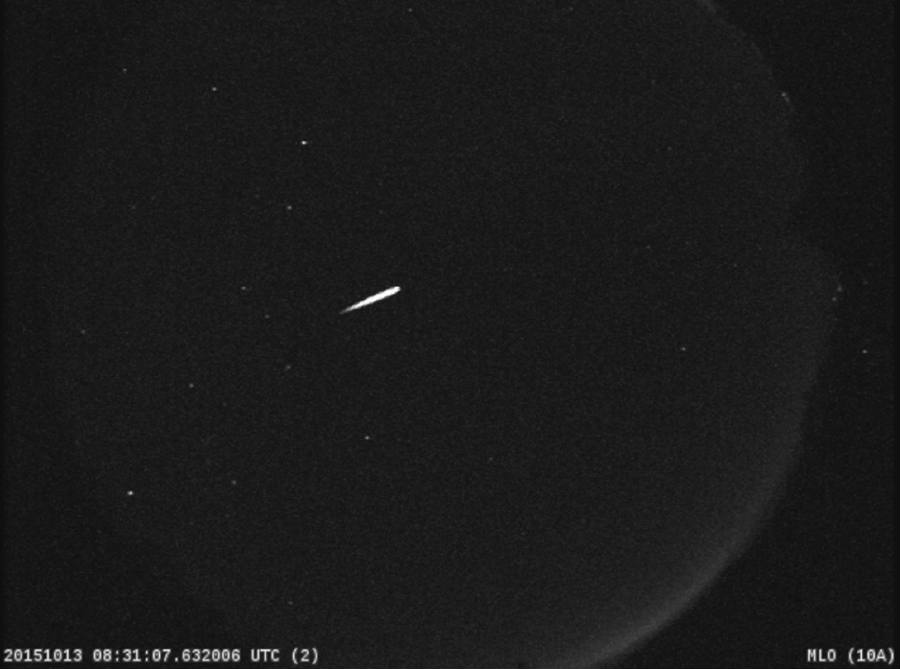A ten feet asteroid visited the Earth’s atmosphere above Arizona on early Thursday, as confirmed by the National Aeronautics and Space Administration (NASA). The fireball lit the pre-day sky for a few seconds. The phenomenon caused no injuries. However, it generated “sonic booms”.
The space agency has established several meteor cameras around the United States. Thursday’s visitor blinded all NASA cameras, even in remote places such as western New Mexico. The asteroid was an estimated 10 feet and contained the ‘kinetic energy of 10 kilotons.’

According to eyewitnesses, the object was observed at an altitude of 57 miles above the Tonto National Forest, which is located nearby the town of Payson.
Yesterday's fireball meteor over Arizona briefly turned night to day. https://t.co/82OluxY9Db pic.twitter.com/j053sVuuK8
— Corey S. Powell (@coreyspowell) June 2, 2016
NASA has not been able to obtain videos from meteor cameras in Arizona
All meteoroid environment near Earth is analyzed by the NASA Meteoroid Environments Office, to protect spacecraft from being hit. Three cameras capable of recording “meteors brighter than the planet Jupiter” are placed in southern Arizona.
However, meteor experts and NASA researchers have not been able to obtain data from the celestial body that entered the Earth’s atmosphere on Thursday. It appears that cameras were “almost completely” saturated by the fireball’s passage.
From 80 to 100 tons of space materials fall every day on Earth, said NASA. Most of the time it comes in the form of meteorites. The U.S. government has registered more than 600 small asteroids, which have visited the Earth’s atmosphere.
Smoke trails generated by the fireball were captured by eyewitnesses
Bill Cooke of NASA’s Meteoroid Environmental Office in Alabama said that the possible meteor’s passage has not reportedly caused any damage. Major impacts caused by meteors are not common on Earth.
“There are no reports of any damage or injuries—just a lot of light and few sonic booms. If Doppler radar is any indication, there are almost certainly meteorites scattered on the ground north of Tucson.” said Cooke in a NASA press release issued Thursday.
In 2013, a 65 feet asteroid hit Russian land in Chelyabinsk. It released an estimated 40 times the energy of the celestial body that lit the Arizona’s sky on Thursday. Impacts of that magnitude are not expected to occur often.
Astronomers said the celestial body might have been a meteor
Scientists are still wondering whether the Thursday’s visitor was a meteor. Kevin Witts, the secretary of the Phoenix Astronomical Society, told weather.com that the fireball enlightened the sky at 4 a.m. “Explosive sounds and flashes of light” may provide evidence about a meteor.
A spokesperson for the Phoenix Police Department told CNN that 60 people called the offices at around four a.m., to make reports related to the asteroid’s passage. It appears that people thought “they were being burglarized,” because of sonic booms.
The NASA’s Planetary Defense Coordination Office is investigating the asteroid’s visit to determine if it was effectively a meteor, as astronomers have already suggested.
https://www.youtube.com/watch?v=DF6Dd8MXnjI
Source: NASA Press Release
